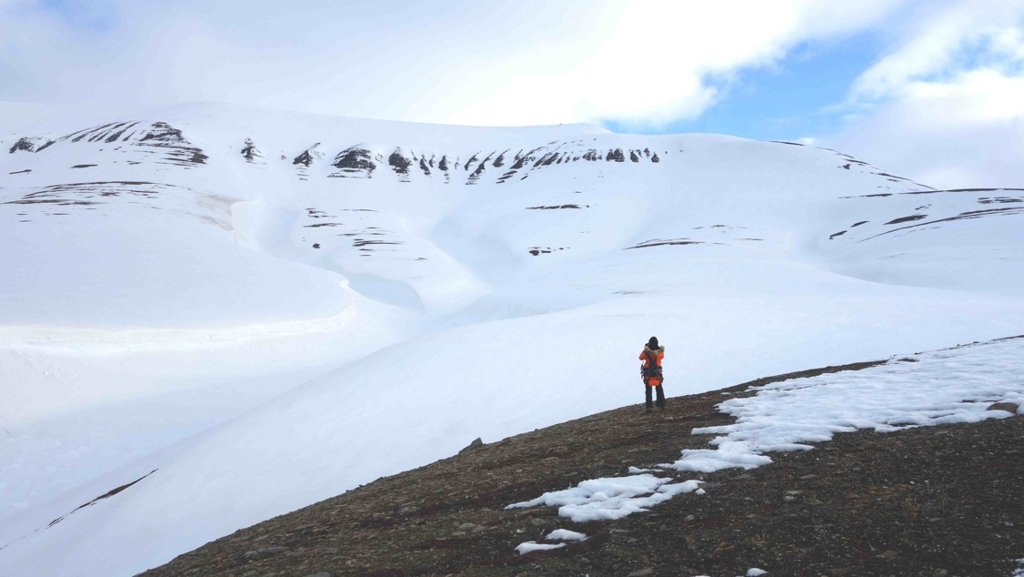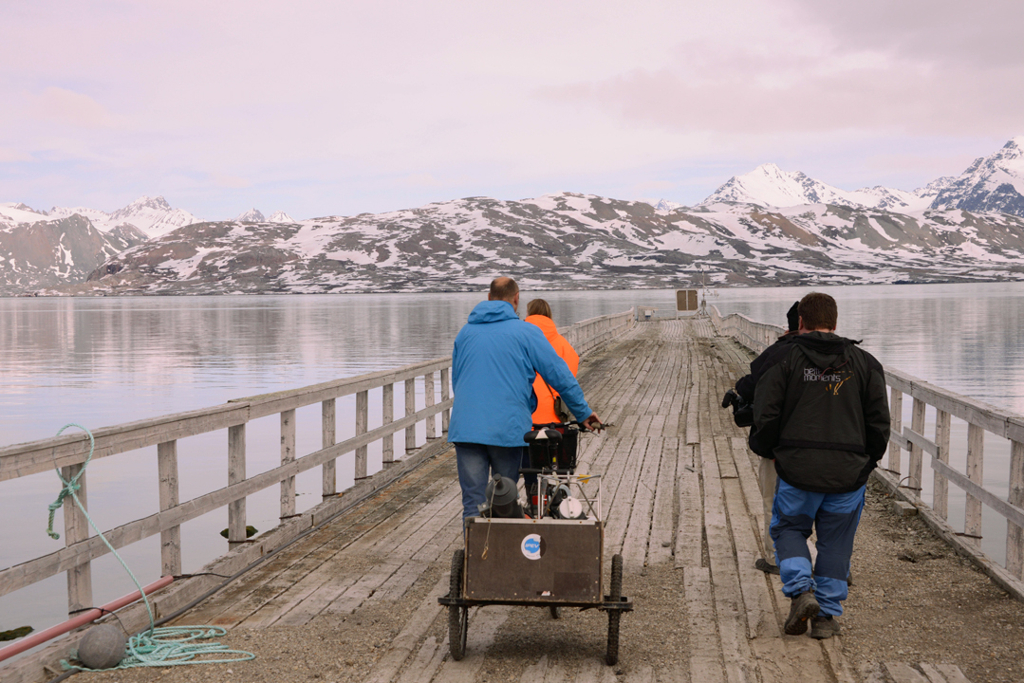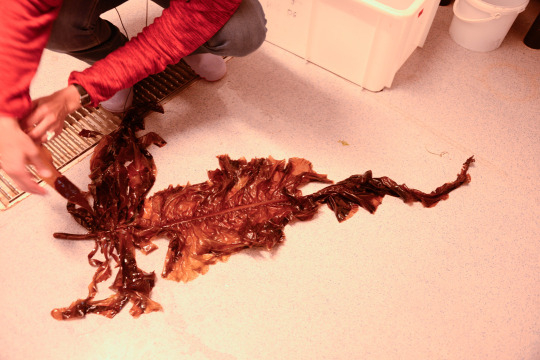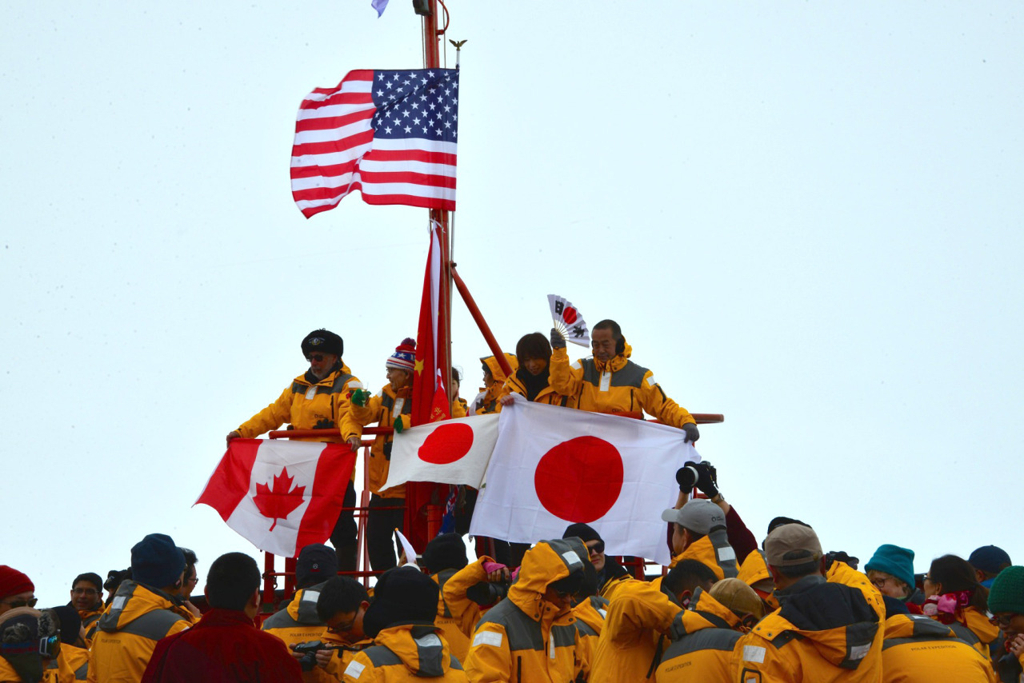Hard to believe that the airport in Oslo had daffodils and we are now surrounded by beautiful snow capped mountains in Longyearbyen, Norway.
Oslo Airport, Norway
Longyearbyen Airport, Norway
Longyearbyen with a total population of 2000, is the main town of Spitzbergen, the largest of the islands of the Svalbard Archipelago. It is also the farthest northern town in the world, inhabitable only because it is located at the furthest north point of the Gulf Stream.
Svalbard is located 560 nautical miles north of the northern most point of main land Europe, and is closer to the North Pole than it is to Oslo. It is the same latitude as the northern most coast of Greenland.
Trapper’s Lodge
After checking into the Trapper’s Lodge, we met Arni Bragason who is the Director of the Nordic Genetic Resource Centre (Nord Gen) to visit and enter the Svalbard Global Seed Vault. The purpose of the Svalbard Global Seed Vault is to provide a safety net for the international conservation system of plant genetic resources. The seed bank that is located in Aleppo, Syria was in danger of being destroyed during last week’s bombing. The Svalbard Seed Vault has 90 percent of the seeds that are stored in Aleppo. thus insuring that these seeds will not become extinct.
The Svalbard National Seed Vault
Hard hats must be worn upon entry to the Seed Vault.
All of the seeds in the Svalbard Seed Bank are original varieties of the crops and can be used to regenerate crops that are becoming extinct or have been damaged by natural and other disasters.
As the world’s population increases and fertile land decreases, the Seed Vaults are essential in keeping the world population fed. Most of the world’s population live on rice, wheat, sorghum and maize.
Temperatures are kept at -30 degree F in the Svalbard Seed Vault.
In order to gain entry to the Seed Vault, 5 doors must be unlocked.
United Nations Seed Vault.





















































































































































































































































